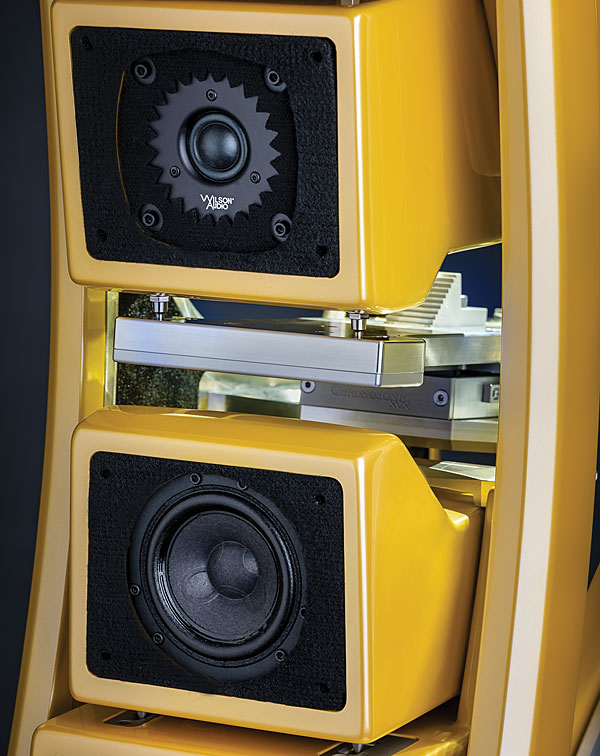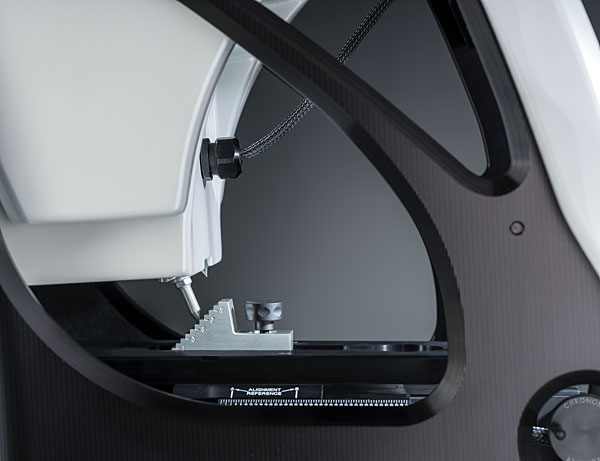| Columns Retired Columns & Blogs |
Michael, another good review and great piece of writing! Thank you! No way I can buy these toys but interesting reading, nonetheless.
In the same vein of "I've been married almost 33 years, and I have always found that things go well for me when I listen to my wife.", if you haven't already, I recommend you watch a few reruns of an old BBC production called "Rumpole of the Bailey", starring Leo McKern. Great actor who showed his talent for the witty as Clang, the native chief or shaman in the 1965 Beatles movie, "Help!". I'm confident you'll enjoy it and appreciate the humor.













































